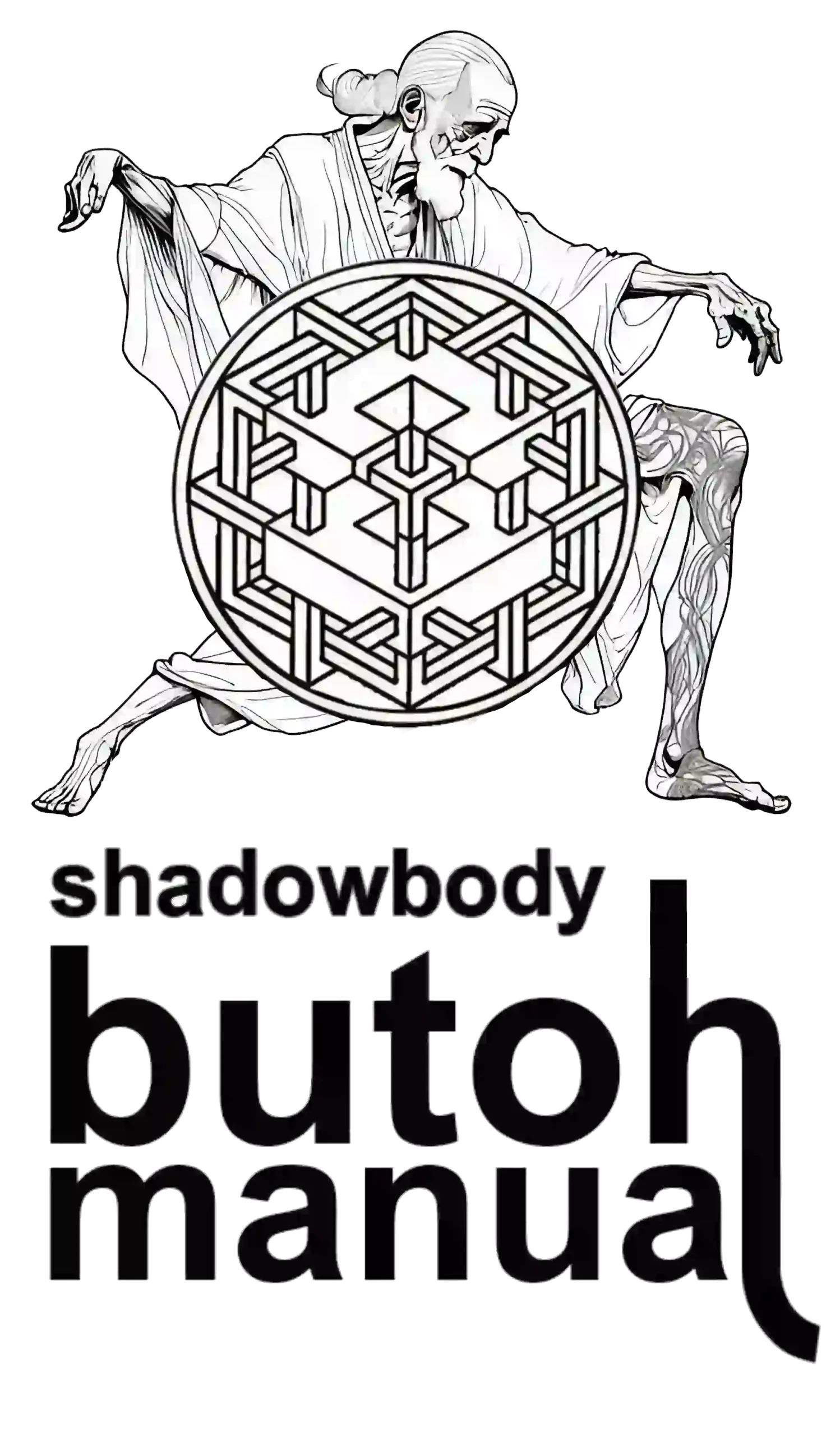Ethics (Updated: 10/20/19)
“He who fights with monsters should look to it that he himself does not become a monster.” – Friedrich Nietzsche¹
As with any artistic field, ethical issues are bound to surface. Within the butoh world, the topics can range from (1) separating the art/material from the artist/teacher; (2) consent within both participants and audience; (3) cultural appropriation; (4) animal cruelty.
Separating Art & Artist
There are cases when the personal lives of butoh artists or teachers are found to be ethically disturbing. If the case then turns into the sole justification against an artwork or teaching, then it is an example of a logical fallacy known as an ad hominem. This an argument based off on attack of character instead of the subject or topic at hand.²
Despite the seemingly baseless ground of attacking the art or material, once the secret is revealed, it cannot be unrevealed. The art is affected, but the degrees will vary. If the art or teaching material is not completely denounced, it may create an extra dimension of caution or reflection.
If an instructor is discovered to have a history of abuse, consider this to be a direct conflict of interest because guiding assumes the opening of a safe environment.
We must also be careful not to blame the whole art for the actions of one or a few individuals. Doing so would fall into another logical fallacy known as a hasty generalization, which means generating a conclusion from a small sample size.
Consent
Consent is grounded on the modern trauma-informed pedagogical ideal of foremost facilitating a safe environment to practice in or observe.³ This involves developing communication skills within the space.
Consider the following:
As a guide, for new participants, first ask or communicate before engaging in a bodily correction. Because a correction may provoke a trauma, caution is advised.
During performance, it is not recommended to invade the audience’s body-space (touching, etc.), unless they have agreed prior to it via an announcement or through signed consents. For more information, see this Dance Magazine article.
Cultural Appropriation
Hijikata and Ohno’s creation of butoh was a conglomeration of varying cultural influences which were non-Japanese such as Genet, Sartre, deSade, Artaud, Bacon, Greek tragedy, Christianity, Argentinian tango, etc.4
However, borrowing a specific culture’s identity marker (e.g. kimono, traditional mask) can be problematic to some.
Animal Cruelty
Unfortunately, the very roots of butoh have been associated with animal cruelty.
In Tatsumi Hijikata’s first performance Forbidden Colors, a chicken was killed between Yoshito Ohno’s legs.5 Also, in the Navel and A-Bomb butoh art film by Eikoh Hosoe and Hijikata, there was a long scene of a struggling chicken with its head cut off at the beach.
Shadowbody is firmly against animal cruelty.

